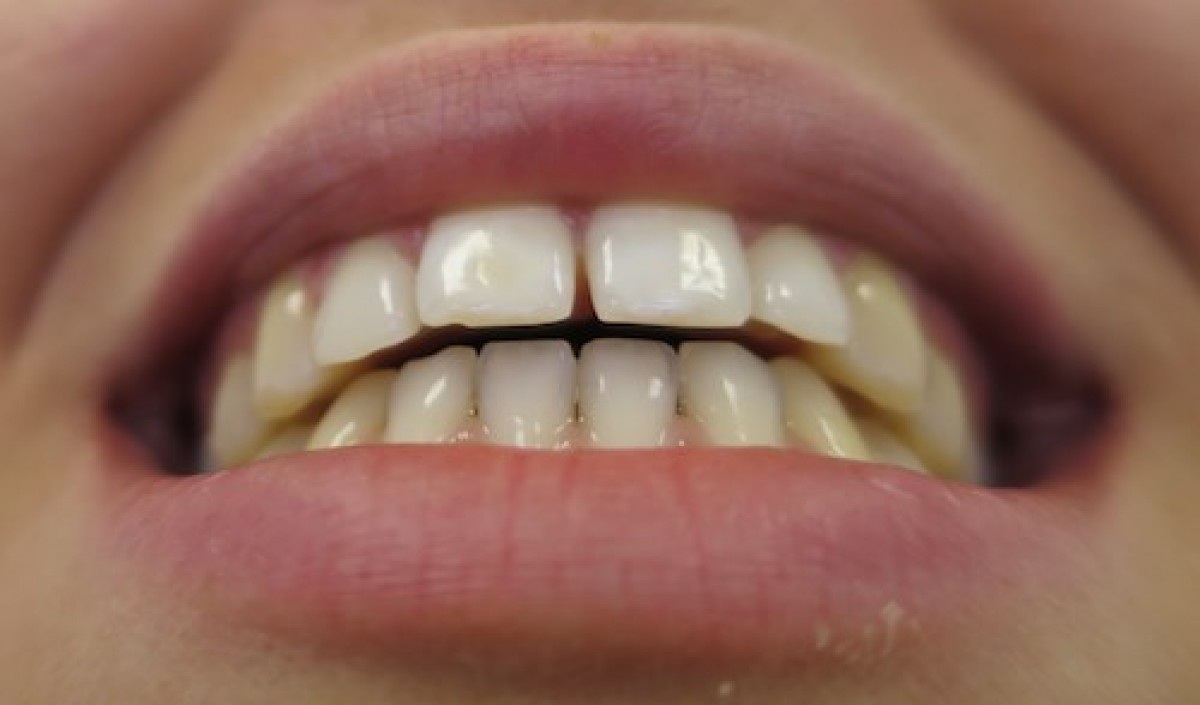
Diastema and Esthetics of a smile
Davide Elsido
With the increasing demand for facial esthetics, patients' expectations regarding dental treatment have increased.
The treatment of median maxillary diastemas (MMD) stands out as one of the most noticeable esthetic alterations performed on patients.
An article was published on the October issue of the American Journal of Orthodontics to evaluate the effects of MMD and its restorations on the esthetics of a smile and to determine the differences in esthetic perceptions among 3 different groups of patients: orthodontists, prosthodontists, and laypeople.
Medial maxillary diastema (MMD) affects approximately 5%-20% of the patients seeking orthodontic treatment, with an incidence ranging from 1.6% to 25% that is inversely proportional to patient age.
MMD can be defined as a space greater than 0.5 mm between the proximal surface of the maxillary central incisors that constitutes an aspect of normality during childhood. The persistence of diastema in the permanent dentition presents a multifactorial etiology, and the prevalence of chronic inflammatory periodontal diseases in adults and the elderly seems to be an especially important factor involved in the development of MMD.
In the article, printed photographic images were randomly arranged in an album that contained the original photograph of the smile, 8 photographs with digitally created diastemas (0.5 mm, 1.0 mm, 1.5 mm, 2.0 mm, 2.5 mm, 3.0 mm, 4.0 mm, and 5.0 mm), and 8 with simulated restorations of these spaces. Each evaluator assigned scores to the images using a scale.
Results
Orthodontists, prosthodontists, and laypeople presented similar perceptions regarding the levels of attractiveness of the original smiles and those of smiles involving restorations of diastemas with widths of 0.5 mm and 1.0 mm.
Conclusions
the authors say that MMD is commonly treated by orthodontists and prosthodontists, and there are 2 alternatives for the closure of the space: orthodontic movement and restorations in maxillary incisor.
However, restorations need to be replaced periodically, leading to additional incremental damage to the dental tissues.
The prosthetic space closure of diastemas larger than 1mm tends to be a suboptimal treatment option in comparison with orthodontic space closure.
The orthodontic space closure of MMDs larger than 1 mm could be adopted as the gold standard esthetic treatment.
For additional information: Effect of maxillary median diastema on the esthetics of a smile. American Journal of Orthodontics and Dentofacial Orthopedics.
 Read more
Read more
Editorials 10 October 2025
With proud smiles and crisp white coats, ninety-three learners from the DDS Class of 2029 and the International Dentist Pathway Class of 2028 marked the start of their dental careers at the UCSF...
Periodontology 10 October 2025
Continuous professional development (CPD) in Periodontology refers to the overall framework of opportunities that facilitate a life-long learning practice, driven by the learner-practitioner and...
TheraBreath, the #1 alcohol-free mouthwash brand in the U.S.*, has introduced a new line of dentist-formulated, clinically tested toothpastes designed to support professional oral care...
News 10 October 2025
New officers and trustees were installed at the Minnesota Dental Association’s Leadership Conference on September 19 in Minneapolis.
News 10 October 2025
Smartee Denti-Technology today announced that Professor Gang Shen, its Chief Scientist and Executive President of TaiKang ByBo Dental, has once again been named to the World’s Top 2% Scientists...










